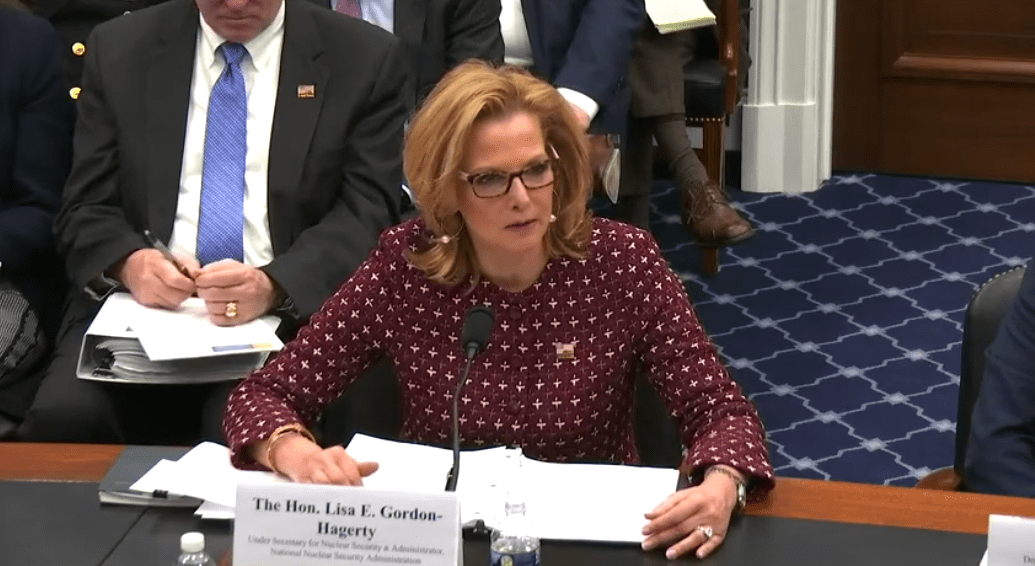
WASHINGTON — In the second week of 2021 budget hearings on Capitol Hill, the National Nuclear Security Administration’s (NNSA) eye-popping $20-billion request bled into a hearing about another agency and tractor-beamed appropriations leaders into subcommittees…